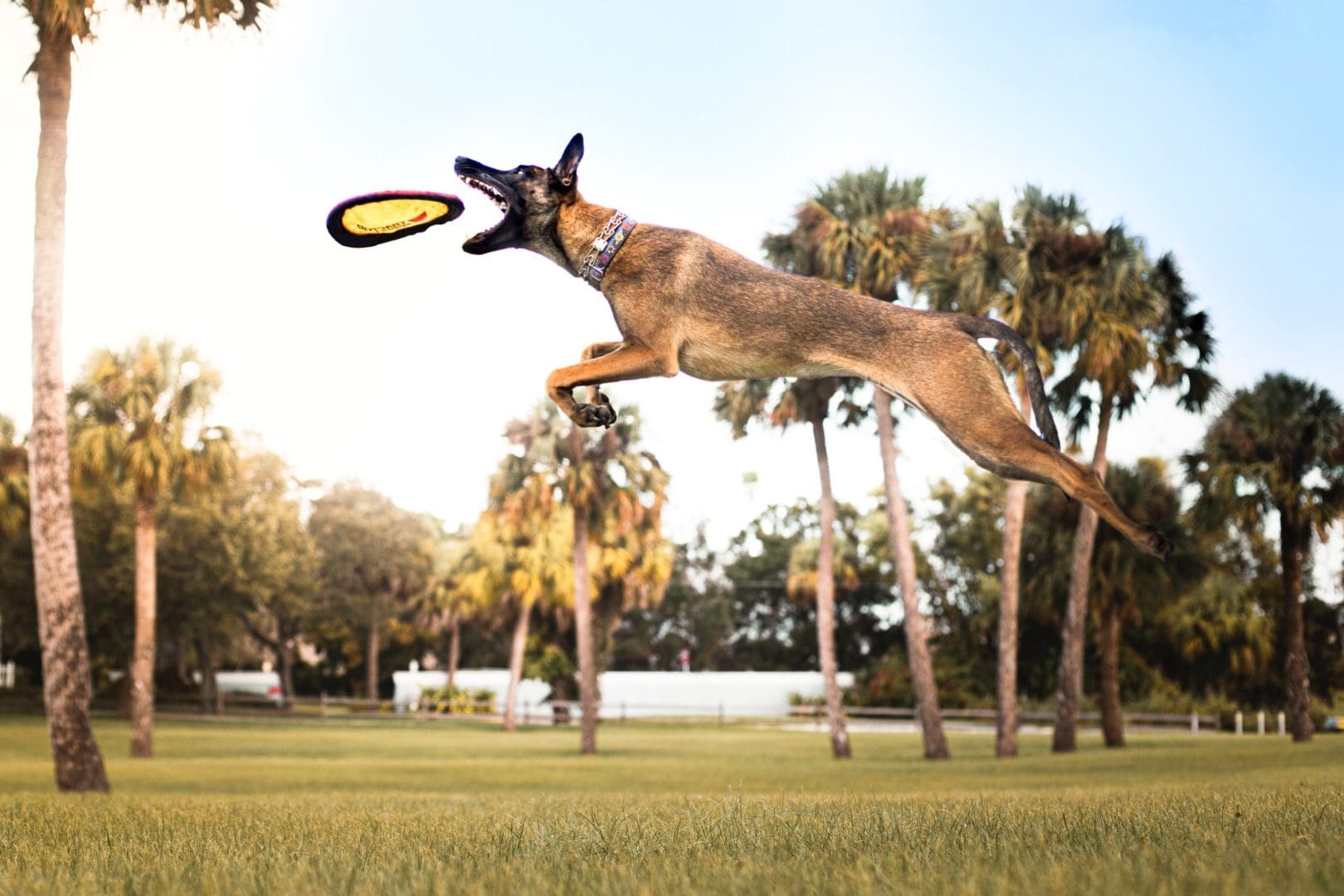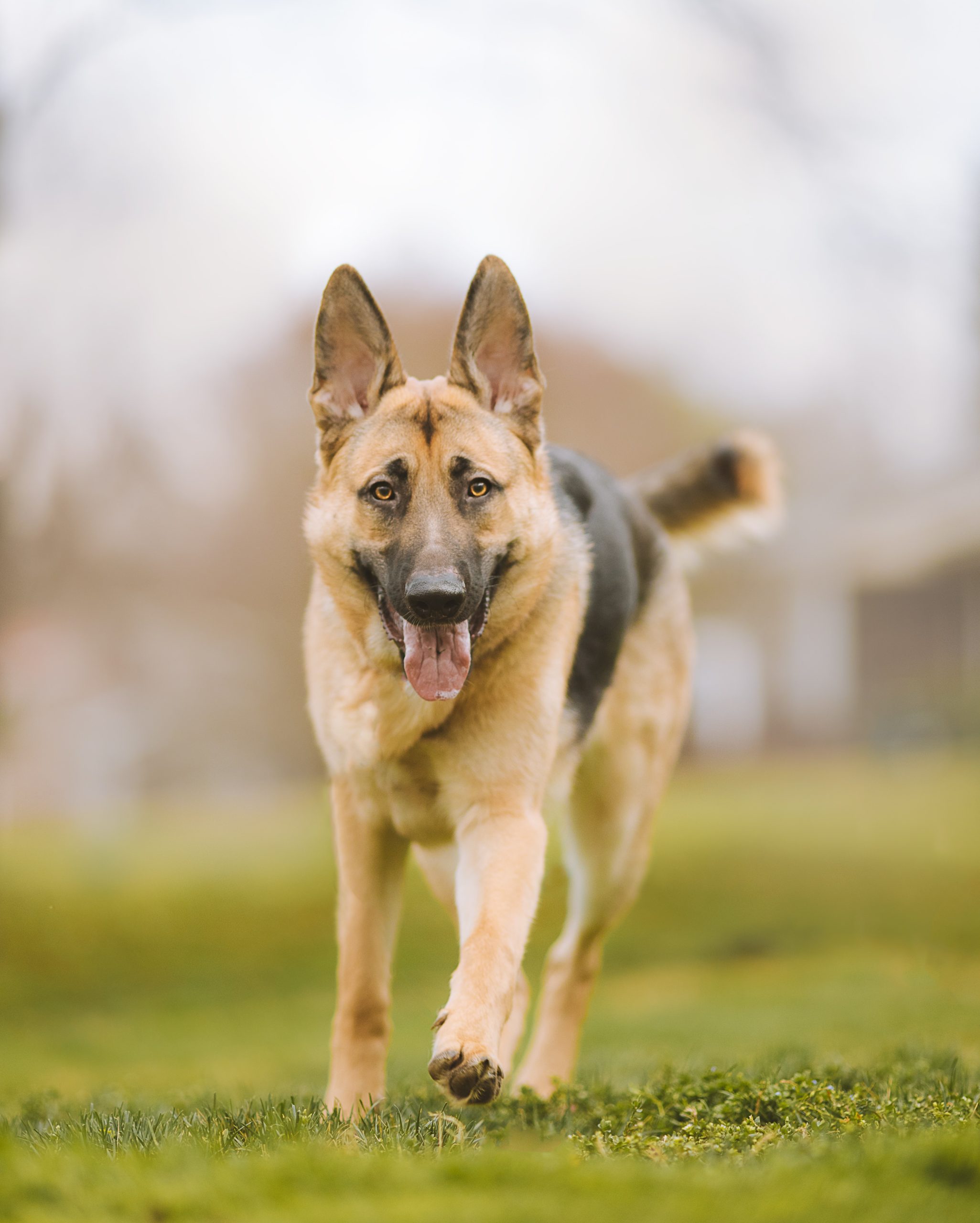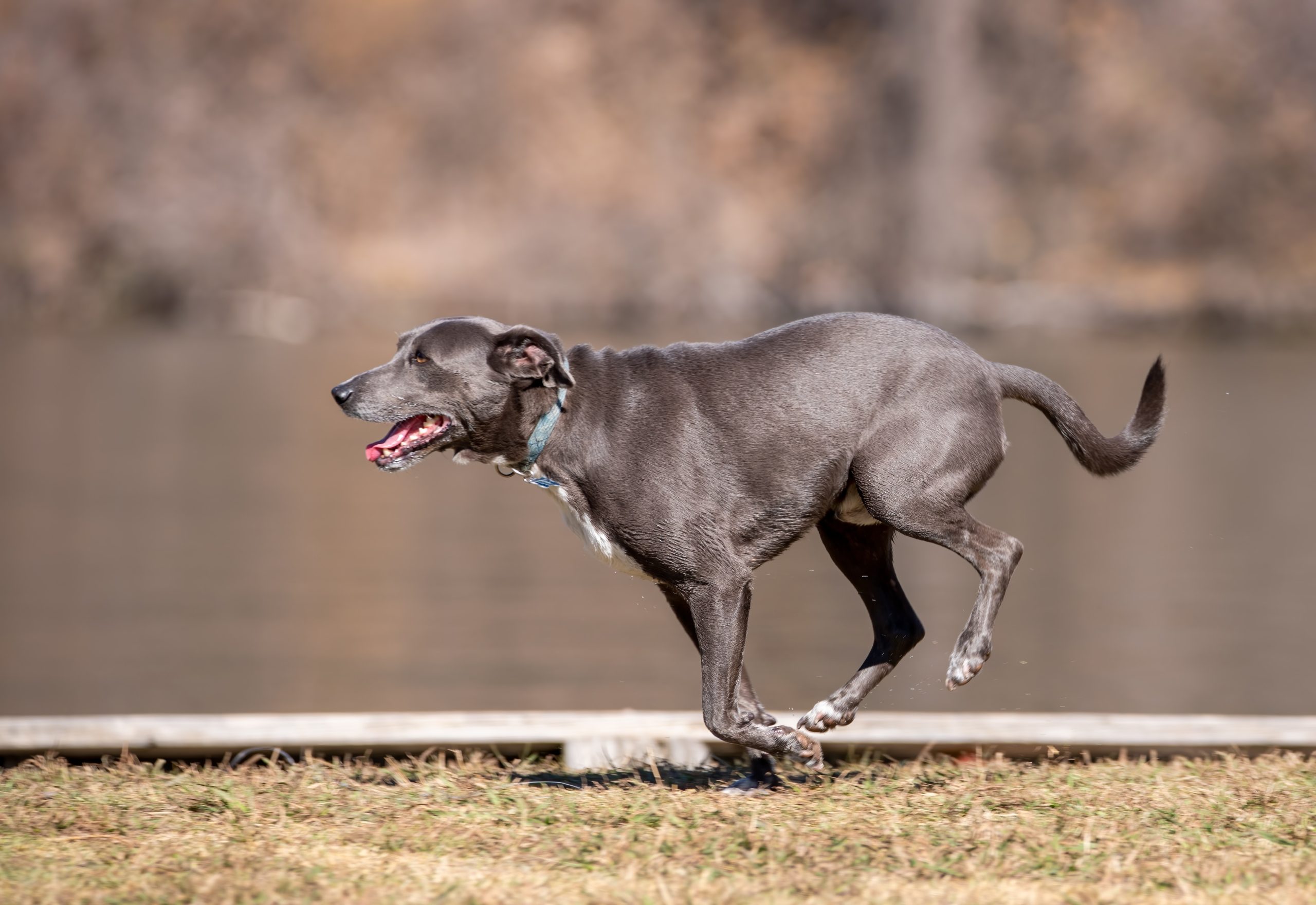How Much Exercise Does My Dog Need? Meeting Your Dogs Exercise Needs
Understanding the Influence of a Dogs Exercise Needs: This article explores how age, breed, and health affect a dogs exercise needs, and provides tips for tailoring exercise routines, identifying signs that your dog may need more or less exercise, and the benefits of regular exercise for dogs.
Understanding the Influence of a Dog’s Exercise Needs
A dog’s exercise requirements are influenced by a multitude of factors, with age, breed, and health being the primary determinants. For instance, puppies have a surplus of energy that necessitates short but frequent bursts of exercise to keep them physically and mentally stimulated throughout the day. On the other hand, adult dogs may require more sustained and moderate exercise, while senior dogs may need gentler activities to accommodate their reduced energy levels and potential health concerns.
Breed-specific exercise needs also play a crucial role. For example, high-energy breeds such as Border Collies and Dalmatians typically require more intense and frequent exercise to prevent restlessness and boredom. Conversely, smaller or brachycephalic breeds like Pugs and Bulldogs may have lower exercise requirements due to their physical limitations and lower energy levels. Additionally, dogs with specific health conditions may have tailored exercise needs to accommodate their limitations and ensure their well-being.
Understanding the individual characteristics and energy levels of dogs is vital in tailoring their exercise routines to meet their specific needs and ensure they lead a healthy and balanced lifestyle. By taking into account these factors, dog owners can better cater to their pet’s physical and mental well-being through appropriate exercise regimens.
Tailoring Exercise Routines for Different Dog Breeds
When it comes to tailoring exercise routines for different dog breeds, it’s important to consider a variety of factors such as size, energy level, and breed characteristics. For example, high-energy breeds like Border Collies and Labrador Retrievers may thrive on activities that allow them to release pent-up energy, such as running, swimming, or engaging in agility exercises. On the other hand, smaller or less active breeds like Pugs or Bulldogs may benefit from lower-impact activities like short walks or interactive play sessions to keep them physically and mentally stimulated. By understanding the unique traits and tendencies of specific breeds, pet owners can create exercise routines that cater to their dog’s individual needs.
Moreover, considering the exercise needs of different dog breeds can also involve taking into account their natural inclinations and historical roles. For instance, working breeds such as the Australian Shepherd or the Siberian Husky may have a predisposition for activities that mimic their traditional jobs, such as herding, pulling, or tracking. In contrast, toy breeds like Chihuahuas or Maltese may prefer activities that are more suitable for their smaller stature, such as indoor games, short walks, or gentle training exercises. By tailoring exercise routines to align with a dog’s breed characteristics, pet owners can ensure that their furry companions receive the appropriate amount and type of physical and mental stimulation necessary for their overall well-being.
Identifying Signs That Your Dog May Need More or Less Exercise
Identifying signs that your dog may need more or less exercise is crucial for maintaining their overall well-being and health. Behavioral cues can be telling, such as restlessness, excessive barking, or seeking out activities to occupy themselves. For instance, if your dog is constantly pacing around or digging, it may be a sign that they require more mental and physical stimulation. On the other hand, if they seem disinterested in activities they previously enjoyed, it could indicate they are fatigued and need some rest.
Physical signs are equally important, as they provide insight into your dog’s physical condition. Weight gain, muscle loss, or stiffness could indicate overexertion or lack of physical activity. For example, if your dog is gaining weight despite a consistent diet, it might be a sign that they are not getting enough exercise. On the contrary, if they are showing signs of exhaustion or are reluctant to engage in physical activities, it may be an indication that their exercise routine needs to be adjusted to be less intense.
Understanding and interpreting these behavioral and physical cues will enable you to tailor your dog’s exercise regimen to better suit their needs, ensuring they maintain a healthy balance of physical and mental activity.
Benefits of Regular Exercise for Dogs
Regular exercise plays a significant role in a dog’s overall well-being. It contributes to weight management, mental health, and behavior, and has positive effects on joint health, fear, and aggression in dogs. Additionally, regular exercise provides mental stimulation, promotes bonding, and enhances the overall well-being of dogs.
Moreover, regular exercise helps to prevent obesity, which can lead to various health issues in dogs, including diabetes, heart disease, and arthritis. By engaging in physical activity, dogs can maintain a healthy weight, reducing the risk of developing these conditions. Furthermore, exercise helps to release endorphins, which are natural mood lifters, contributing to a dog’s mental well-being and reducing stress and anxiety.
One example of how regular exercise benefits dogs is through the promotion of good behavior. Dogs that receive adequate physical and mental exercise are less likely to engage in destructive behaviors such as chewing, digging, or excessive barking. By providing an outlet for their energy, dogs are more likely to exhibit positive behaviors and be well-adjusted pets. This is crucial for their relationships with their owners and their overall quality of life.
Effective Tips for Exercising Your Dog
When it comes to exercising your dog, tailoring the routine to meet their individual needs is crucial for their overall health and happiness. For example, high-energy breeds like Border Collies and Labrador Retrievers may benefit from activities that challenge their physical and mental abilities, such as agility training or playing fetch. On the other hand, smaller breeds like Chihuahuas and Pugs may require less intense exercises like short walks and indoor play to keep them fit and mentally stimulated.
In addition to physical activities, mental exercises are equally important for maintaining a well-balanced routine for your furry friend. Engaging in activities like hide-and-seek, puzzle toys, or obedience training can provide the mental stimulation necessary to keep your dog sharp and content. By incorporating a mix of physical and mental exercises, you can ensure that your dog’s needs are being met in a holistic manner, promoting their overall well-being.
Conclusion and Recommendations
Understanding and meeting a dog’s exercise needs is crucial for their overall health and well-being. Tailoring exercise routines to accommodate individual characteristics and consulting a vet for personalized advice and guidance is highly recommended. By recognizing the importance of individualized exercise regimens, dog owners can ensure that their pets lead healthy and fulfilling lives.
Furthermore, it’s important to consider the specific exercise needs of different dog breeds. For example, high-energy breeds like Border Collies and Labrador Retrievers require more vigorous physical activities such as running, swimming, and agility training to satisfy their energy levels and maintain their overall health. Conversely, smaller breeds like Chihuahuas and Pugs may need less intense forms of exercise like short walks and indoor play sessions to meet their requirements for physical activity. Understanding these breed-specific needs helps in tailoring exercise routines to ensure that each dog receives the appropriate amount of physical and mental stimulation.
In addition to physical exercise, mental stimulation is equally important for a dog’s well-being. Mental exercises such as obedience training, interactive play, and puzzle toys can help keep a dog’s mind active and engaged, preventing boredom and undesirable behaviors. It’s essential to incorporate a combination of physical and mental exercises into a dog’s routine to ensure a well-rounded approach to their overall health. By being attentive to the unique needs of their dogs and providing a diverse range of exercises, owners can contribute to their pet’s overall happiness and longevity.



